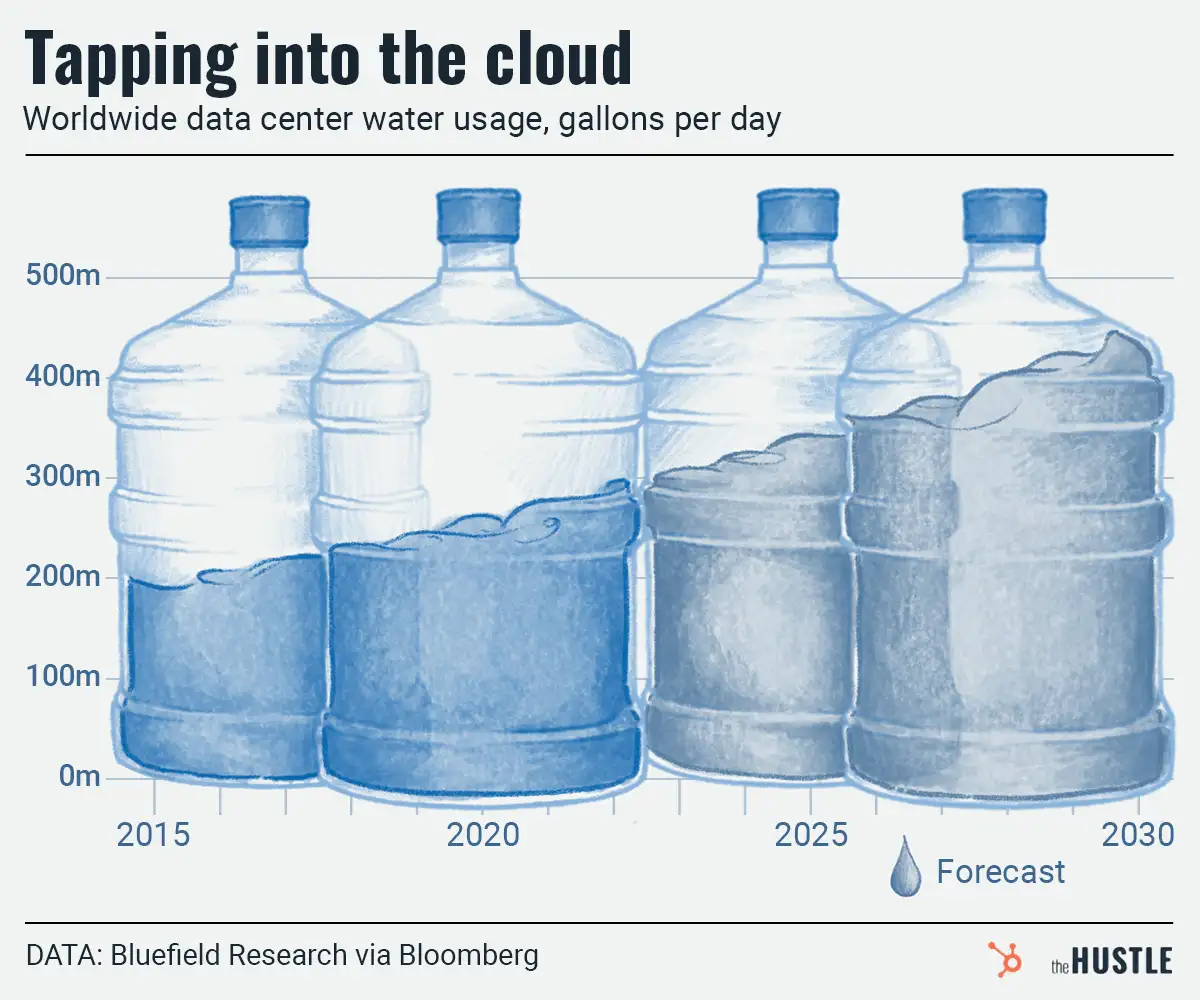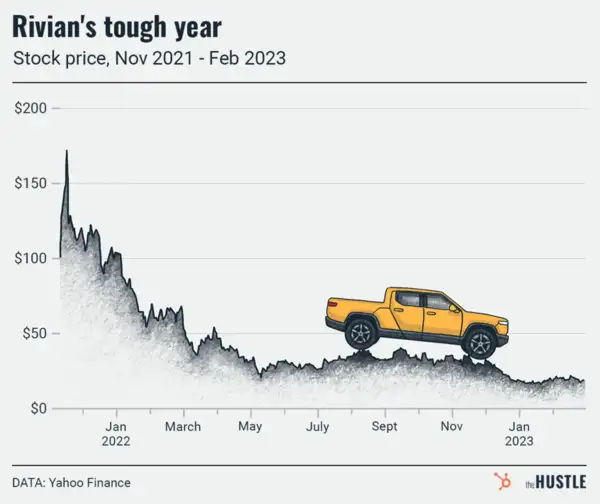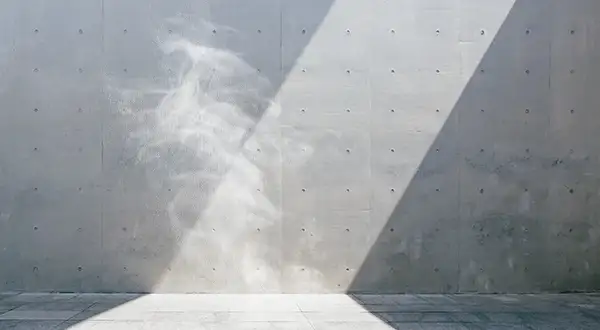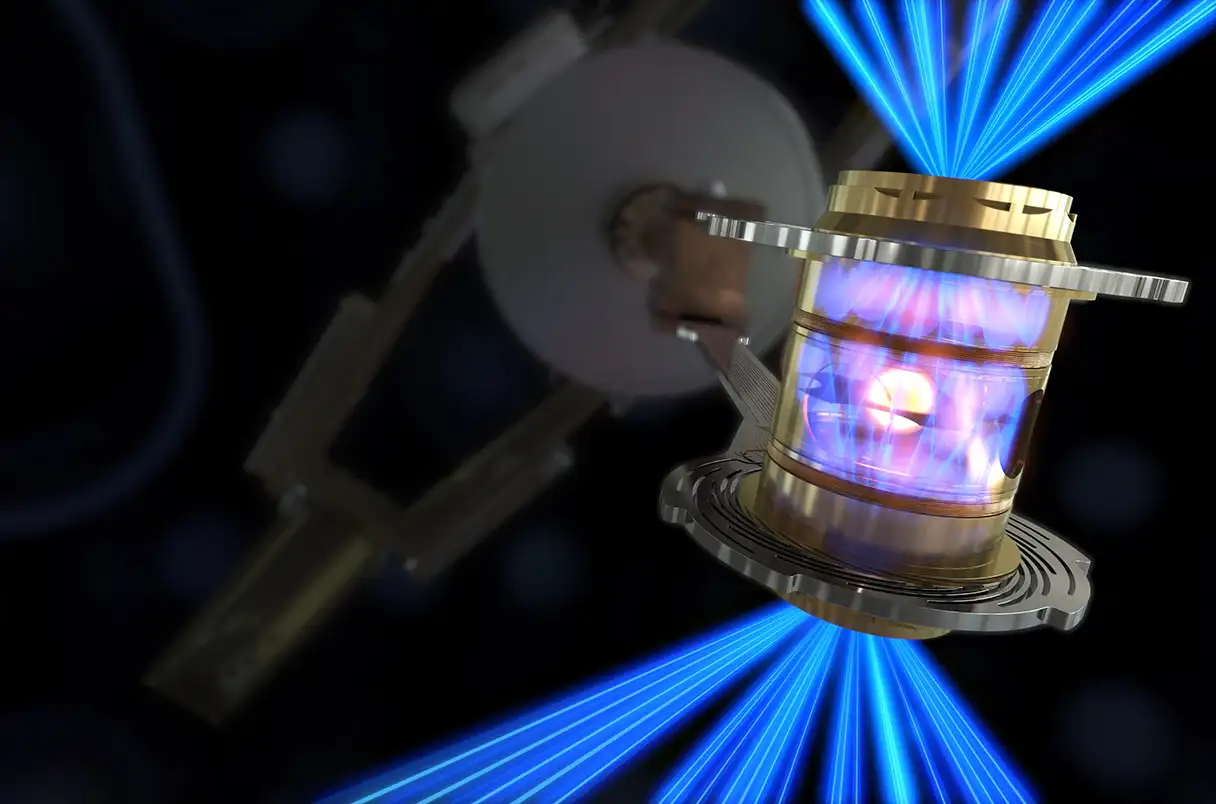Step aside, coal.
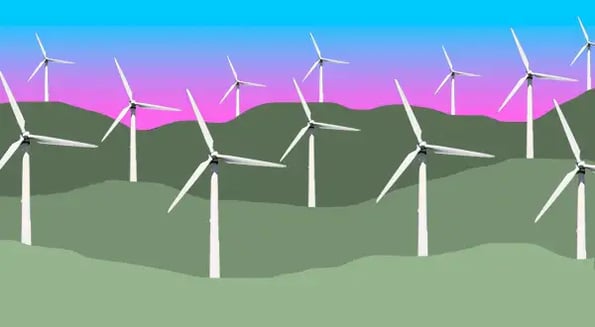
On March 29, wind generated more power than coal and nuclear sources in the US for the 1st time over a 24-hour period, per the Scientific American.
This tail wind…
… follows a jump in wind turbine installations that has added ~11 gigawatts of capacity to the US energy grid.
As a result, wind is responsible for a growing percentage of electricity generation in the US — rising from 2.3% in 2010 to 9.2% in 2021.
But there are some caveats to this blustery news:
- March tends to be particularly breezy
- Coal and nuclear plants reduce output during spring and fall due to decreased demand
- Wind output trails natural gas, coal, and nuclear on a monthly basis
Regardless, the rise of wind power couldn’t be more timely.
The outlook on climate change is stormy
The 2015 Paris Agreement is an international treaty to cap global warming at 1.5 degrees Celsius above pre-industrial levels (we reached 1 degree Celsius in 2017).
Earlier this month, the Intergovernmental Panel on Climate Change (IPCC) reported that countries must drastically cut emissions from gas, coal, and oil to have any chance of hitting that target.
In the US, President Joe Biden is aiming to achieve net-zero greenhouse gas emissions by 2050. For the country to be on pace for that goal, per the Scientific American, wind installations will have to double by the end of the decade.
So, what’s holding wind back?
A few things:
- The power grid is old, which complicates things
- Supply chain constraints are jacking up the price of turbine tech
- NIMBYism (“not in my backyard”-ism) leads many people to oppose wind turbine projects
Critics of turbine aesthetics have a point — some models have blades as long as football fields. But new designs are underway, including one designer’s wind turbine wall.



